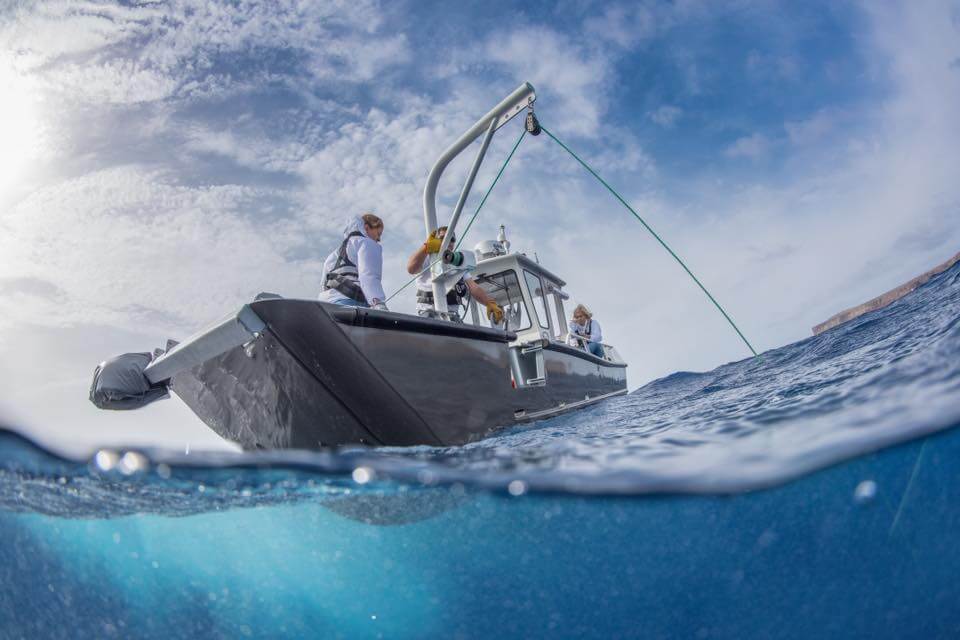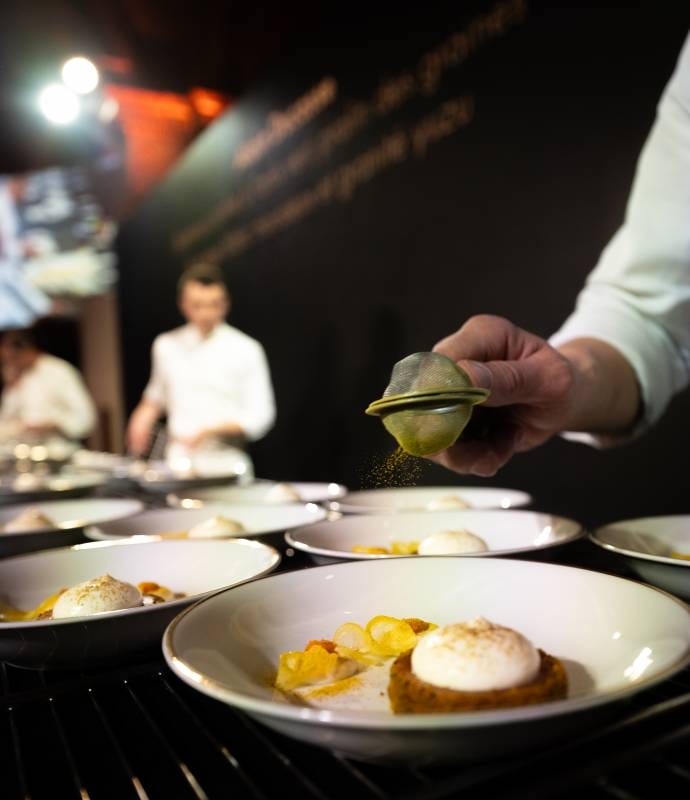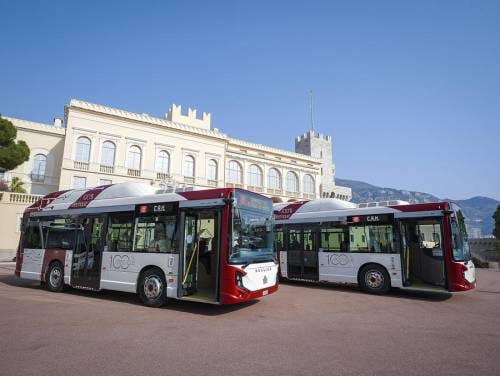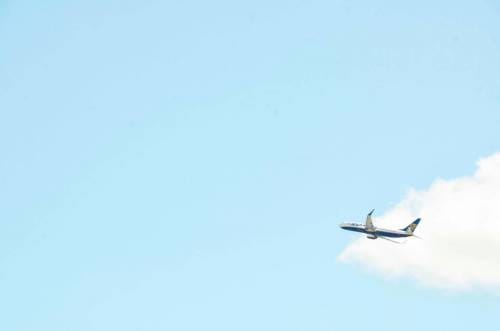Between late August and early October 2017, Monaco Explorations completed 53 mission days at sea and travelled 3,150 nautical miles (5,800 kilometres). With its original scientific research, both at sea and on land, diplomatic missions aimed at protecting the oceans, media outreach to raise awareness, including among young people, and the distribution of educational tools, the initial stages of this three-year, round-the-world scientific voyage led by H.S.H. Prince Albert II has shown the way forward.
On 27 July, the Yersin left Port Hercule headed for Macaronesia, the region which encompasses the Madeira and Cape Verde archipelagos, the two initial destinations for Monaco Explorations. During this period, more than 60 people were welcomed on board, including policymakers, scientists, NGO leaders and representatives from government institutions. In addition, lots of school pupils and students also came to learn more about Monaco Explorations and its research vessel, whose sustainable propulsion and on-board living facilities make it unique in its class.
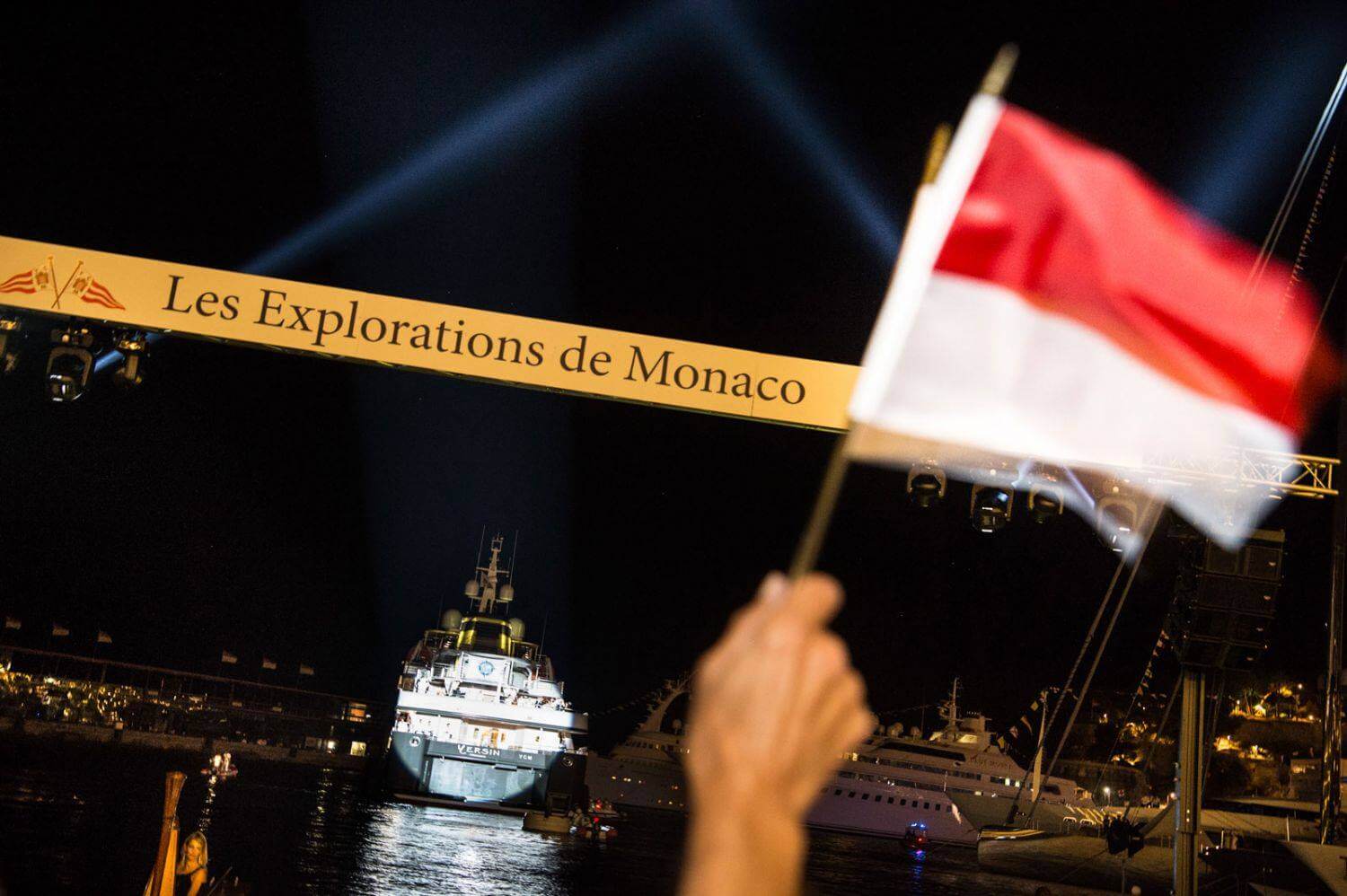
A total of 12 scientific operations were carried out on the two archipelagos including, in Madeira:
- A study of the interaction between birds and marine mammals who feed on the same prey on the water’s surface, carried out by a joint team from the University of Lisbon and the Whale Museum in Madeira
- A study of sediment on the ridge separating Madeira from the Desertas Islands, carried out by a team from the Funchal Marine Biology Station
- Brand new mapping of the seabed north of the main island of Madeira by a second team from the Funchal Marine Biology Station
- An inventory of monk seal habitats on the northern coast of Madeira and the eastern coast of the Desertas, carried out by teams from the Instituto das Florestas e de Conservaçao da Natureza in Madeira
- A study of the herpetofauna (reptiles) of the islands of Selvagem Grande and Selvagem Pequena, carried out by experts from the University of Porto and the Natural History Museum in Paris
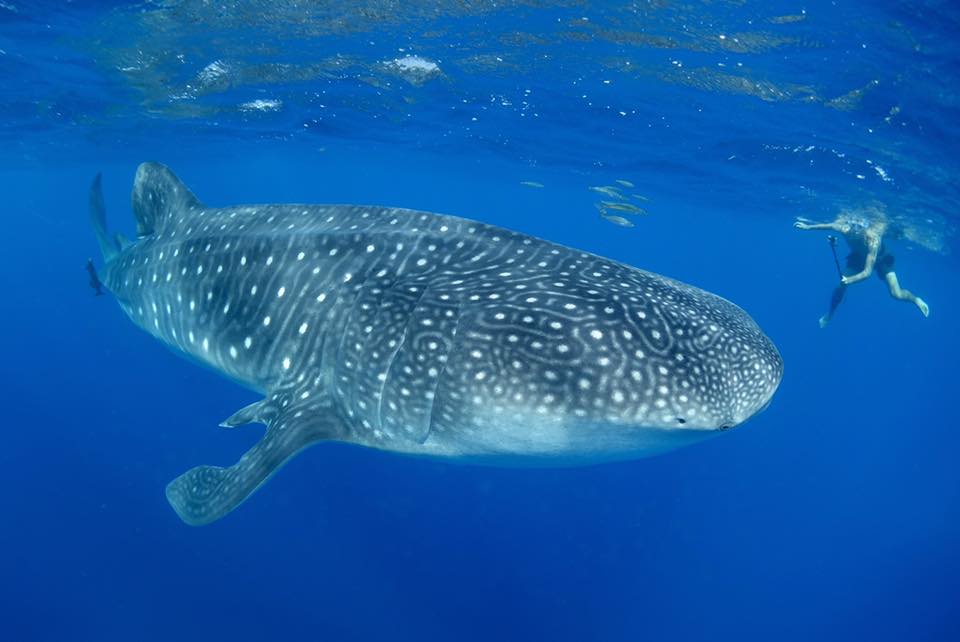
The work carried out in Cape Verde included:
- The recovery of a Bottom Lander, an autonomous robotic unit used to collect samples and data, from the summit of underwater mountain Senghor Seamount at a depth of 112 metres, and redeployment of the unit off the coast of the island of Santa Luzia, with the German oceanographic research centre GEOMAR Helmholtz Centre for Ocean Research Kiel, the University of Cape Verde, and the National Fisheries Development Institute
- A study of the herpetofauna on Branco Island, carried out by the University of Porto, the Natural History Museum in Paris, and NGO Biosfera 1. In 1902, Prince Albert I visited this site, where lizards of a species which is now extinct were captured. One of the specimens kept in the collections of Monaco’s Oceanographic Museum was donated to the Cape Verde authorities
- The deployment of underwater cameras and tripods to study marine biodiversity off the coast of Branco Island, carried out by the University of Cape Verde
- The implantation of satellite tracking tags in sharks and manta rays to the south-east of Boa Vista with NGO MarAlliance
- The deployment by teams from MarAlliance, the University of Montpellier and the Zoological Society of London of underwater cameras with bait to film pelagic and benthic fauna in its natural environment
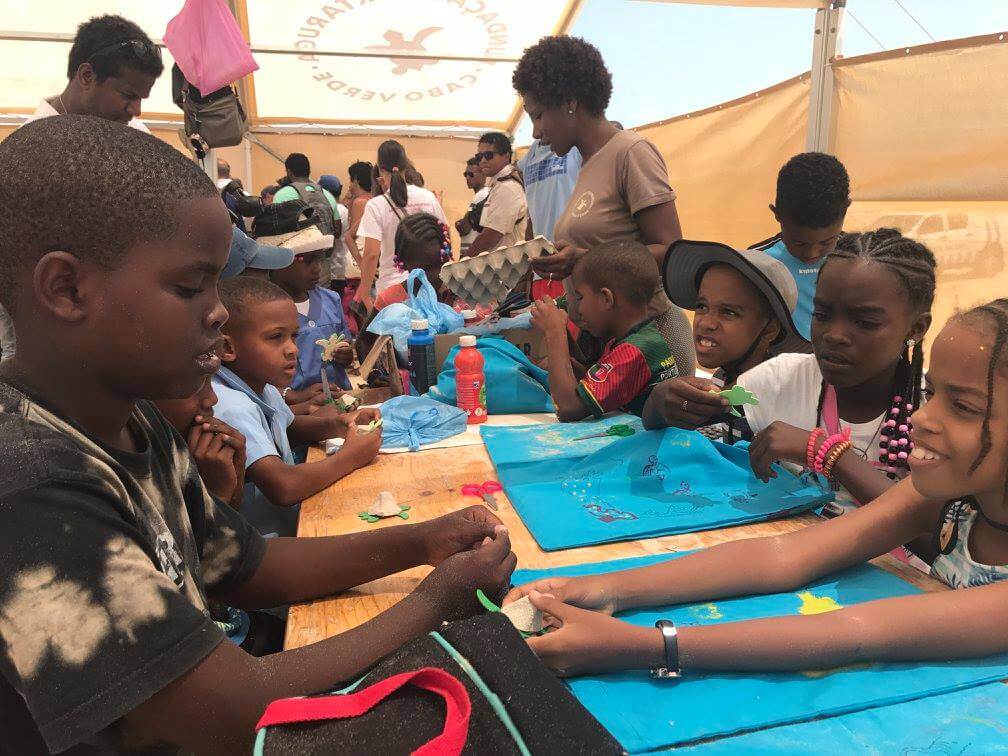
During its journey to Madeira from 5 to 8 September, H.S.H. Prince Albert II officially opened the Albert I of Monaco: An Explorer Prince, Discovering Madeira exhibition at the Funchal Municipal Museum. He then took part in a workshop on board the Yersin which brought together international experts on the conservation of the monk seal, one of the most endangered species in the world, on behalf of which the Prince Albert II Foundation is doing a great deal of work.
Accompanied by Mr Miguel Filipe Machado de Albuquerque, the President of the Regional Government of Madeira, the Sovereign Prince visited the Desertas Islands, following in the footsteps of his great-great-grandfather Prince Albert I, who explored the Madeira archipelago eight times, and had a fleeting and extraordinary opportunity to observe a pair of monk seals on Deserta Grande.
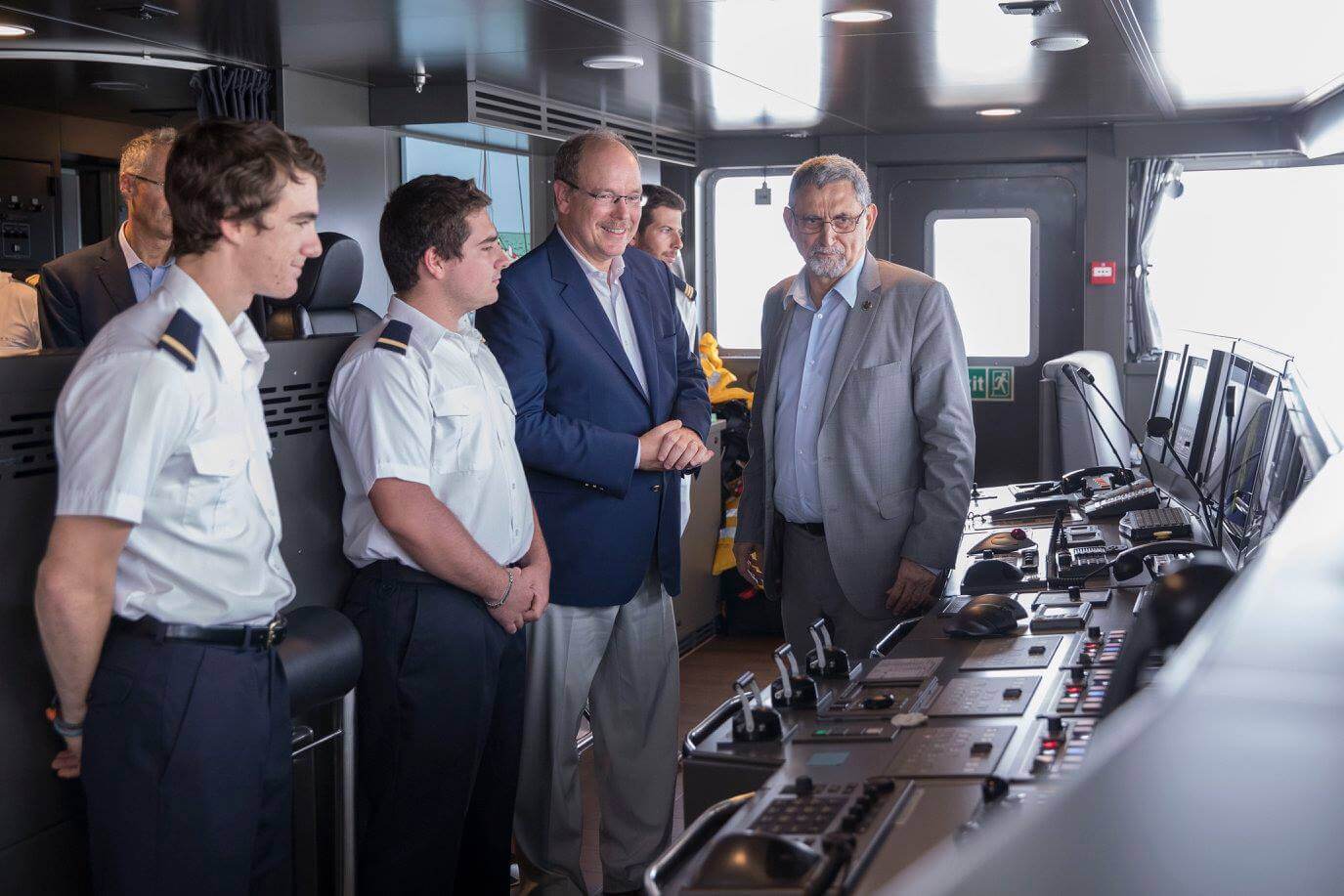
In Mindelo on Cape Verde, H.S.H. Prince Albert II, in an act which was both scientific and symbolic, presented President Jorge Carlos Fonseca with a rare specimen of a Cape Verde giant skink, before taking part in a meeting of Cape Verde NGOs working to protect sea turtles, which was held on board the Yersin. The Prince then visited a site managed by the Sea Turtle Foundation in Curral Velho, in the south of the island of Boa Vista, where he talked to scientists about the problems facing turtles. Cape Verde is the world’s third most important loggerhead sea turtle nesting site. During this visit, an environmental education leaflet on the topic aimed at Cape Verde’s children, 1,400 copies of which were printed thanks to support from Monaco Explorations, was distributed to a group of school pupils.



